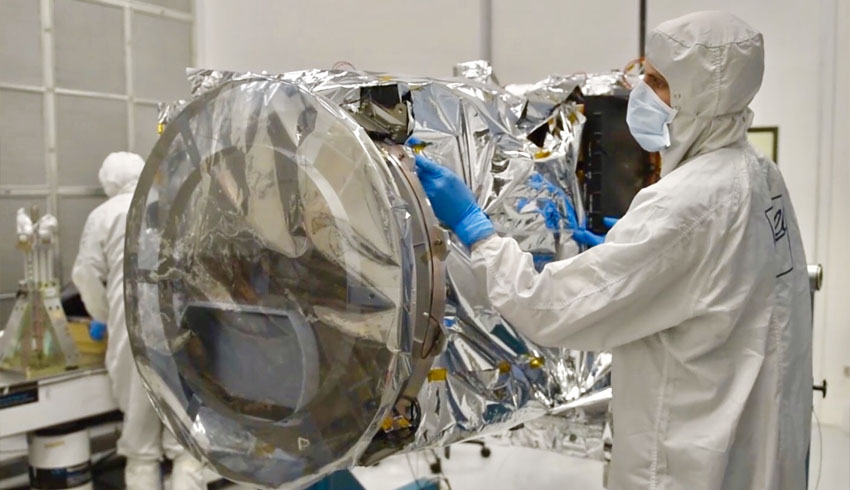The latest edition of NASA's Spinoff publication highlights dozens of companies that have benefited from co-operation with NASA – including several projects from NASA's Jet Propulsion Laboratory in southern California.
This co-operation means investment in existing companies large and small, it eases the path for entrepreneurs to start new businesses, and it benefits the public as a whole through new jobs and cutting-edge products that improve daily life.
Whether upgrading air traffic control software or honing the food safety practices that keep our dinner tables safe, NASA has worked for more than six decades to ensure its innovations benefit people on Earth.
One of the NASA’s most important benefits is the way investment in the agency and its various missions and research and development programs support secondary dividends throughout the US economy.
Jim Reuter, associate administrator of the agency's Space Technology Mission Directorate in Washington, said, “Whether working to send the first woman and next man to the moon or helping improve the technology that carries passengers from Portland, Maine, to Portland, Oregon, NASA innovators are constantly creating new technology.
“Often these advances have wide-ranging benefits well beyond the need they were first imagined to meet. Telling the public that story is one way we fulfill our mission to find homes for the technology beyond the agency for maximum benefit."
In particular, this year Spinoff details more about innovations from NASA centres across the agency, including:
- How JPL has developed a new kind of technology used in spectrometers that can also be used to improve 5G cellular networks;
- How an array of new technologies aboard NASA's Perseverance rover will help explore Mars but also enrich life on our own planet. For instance, a new kind of laser technology aboard the rover can be used on Earth to detect contaminants in pharmaceutical manufacturing, while a new kind of specialised drill bit is already assisting geologists in the field; and
- How JPL roboticists have imitated the gecko's gravity-defying grip to create a manufacturing robot that can grapple smooth objects with ease.
Daniel Lockney, technology transfer program executive, added, “Every spinoff story represents a product for sale, developed with NASA technology and expertise.
“The American public benefits not just from the products themselves but also from the infusion of innovations and investment that spur economic development in the form of new ideas, new companies, and new jobs.”
As NASA technology continues to blaze a path to the future, the methods of informing the public about their wide-ranging benefits also received an innovative makeover. NASA's 2021 Spinoff publication features a modern, fresh design, making it easier than ever to learn how NASA technology and investments in the space program pay dividends for the US economy and the public.
The new Spinoff storytelling approach centres on big-picture trends, such as the far-reaching impact of NASA's efforts to keep water flowing on the International Space Station, as well as a curated selection of spinoff "capsules" that offer quick hits of cutting-edge technology making life better around the world.
Digital versions of the latest issue of Spinoff are available at https://spinoff.nasa.gov.

